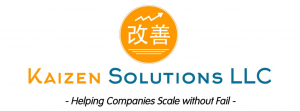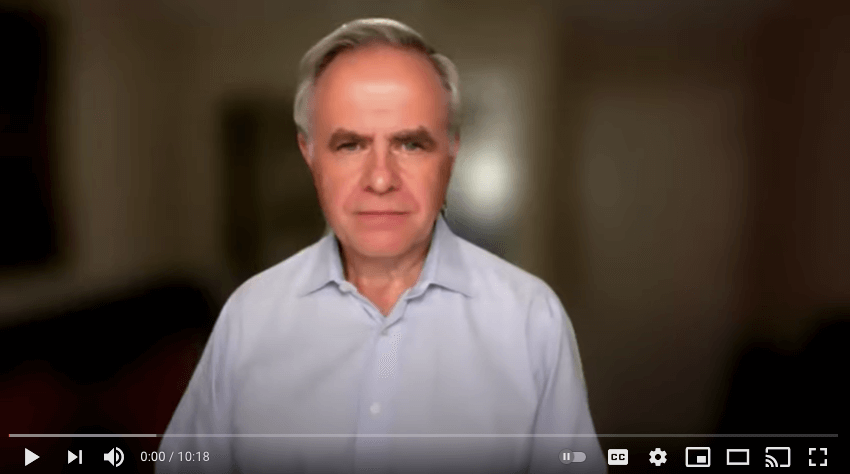The EOS Model® provides a useful foundation for businesses, but it falls short in addressing key aspects of creating an growth. By incorporating additional elements from the Gravitas 7 Attributes of Agile Growth® model, businesses can create a more comprehensive system that promotes growth while maintaining smooth operations. Focusing on Leadership, Strategy, Execution, Customer, Profit, Systems, and Talent, the 7 Attributes of Agile Growth® offer a more encompassing approach to achieving success.

The Downfall of Boeing: A Lesson in Core Values
I recently watched “Downfall: The Case Against Boeing,” a documentary about Boeing’s 737 Max issues, which exposed the company’s sacrifice of safety for financial performance. Over 300 lives were lost due to Boeing’s negligence, as they calculated the odds of fatalities to be small enough to ignore while working on a solution. Even after the Lion Air and Ethiopian crashes, Boeing blamed the pilots and their training, resulting in a tarnished reputation that will take years to rebuild.
Boeing’s shift in focus from its core values of safety and engineering to prioritizing share price and financial performance was a grave mistake. The company went to great lengths to hide the MCAS system from pilots and regulators, avoiding additional certification requirements. The bold spirit of innovation, epitomized by Tex Johnson’s 707 barrel roll in 1955, seemed long gone. This misguided focus led to a drop in Boeing’s share price, while competitor Airbus’ share price experienced a 34% increase.
Boeing’s actions also damaged the FAA’s reputation worldwide, as countries no longer trust the FAA’s judgment. This loss of credibility is a heavy price to pay for prioritizing profit over core values. Companies must remember that profits result from upholding core values and good strategy and systems, and profits should not be the driving force behind the strategy.
The aftermath of the 737 MAX crashes revealed a concerning lack of accountability for top executives. When Dennis Muilenburg resigned as CEO and board director, he received $62.2m in stock and pension awards, highlighting the disparity in consequences for executives compared to others in the company.
In conclusion, Boeing’s downfall serves as a reminder of the importance of maintaining core values and prioritizing safety over short-term financial gains. A company’s reputation and long-term success depend on upholding these values and learning from past mistakes.
(c) Copyright 2022, Marc A. Borrelli
Recent Posts
EOS is just that, an Operating System
What has COVID done to Company Culture?
COVID has affected everyone. However, companies need to examine if they have lived their core values during COVID, how they are reinforcing them in a WFH environment, and especially with the onboarding of new hires.
Profit ≠ Cash Flow
Knowing how much cash you generate is essential for planning for growth. Too many companies don’t know and when they grow they find they are continually running out of cash. Understand your cash flow generation and how to improve it through improvements in your Cash Conversion Cycle and using the Power of One.
What Are Your Critical and Counter Critical Numbers?
The key to achieving long term goals is to define short term goals that lead you there. Focusing those short term goals around a key metric is essential. However, ensure that the metric will not lead other areas astray by having an appropriate counter critical metric act as a counter balance.
Rethinking ‘Family’ Culture in Business: Fostering Performance and Success
Explore the importance of company culture and the potential pitfalls of adopting a “Family” culture in organizations. Learn how to foster a high-performance culture while maintaining key family values and discover success factors for family businesses. Rethink the “Family” culture concept and create a thriving environment for your organization.
Do You Truly Know Your Core Customer?
Knowing the profit of your core customers is key to building a growth model. Many companies have identified core customers that are generating a sub-optimal profit and so they cannot realize the profits they seek. Identifying the correct core customer allows you to generate profits and often operate in “Blue Ocean.”
The Spectacular Rise and Fall of the European Super League
The European Super League (ESL) collapsed within 48 hours of its announcement due to hubris, a lack of value creation, and fan backlash. The founders’ arrogance led them to disregard European football’s deep-rooted traditions and culture. At the same time, the focus on wealthy club owners instead of merit undermined the essence of the competition. The fierce backlash from fans, who felt betrayed by their clubs, demonstrated the importance of prioritizing supporters’ interests in football.
When Should I Sell My Business?
Many business owners want to sell at the top of the market. However, market timing is tough. Is this the best strategy? Probably not.
Does Your Financial Model Drive Growth?
Working with many companies looking to grow, I am always surprised how many have not built a financial model that drives growth. I have mentioned before a financial model that drives growth? Here I am basing on Jim Collin's Profit/X, which he laid out in Good to...
COVID = Caught Inside
As we emerge from COVID, the current employment environment makes me think of a surfing concept: “Being Caught Inside When a Big Set Comes Through.” Basically, the phrase refers to when you paddle like crazy to escape the crash of one wave, only to find that the next wave in the set is even bigger—and you’re exhausted. 2020 was the first wave, leaving us tired and low. But looking forward, there are major challenges looming on the horizon as business picks up in 2021. You are already asking a lot of your employees, who are working flat out and dealing with stress until you are able to hire more. But everyone is looking for employees right now, and hiring and retention for your organization is growing more difficult.














